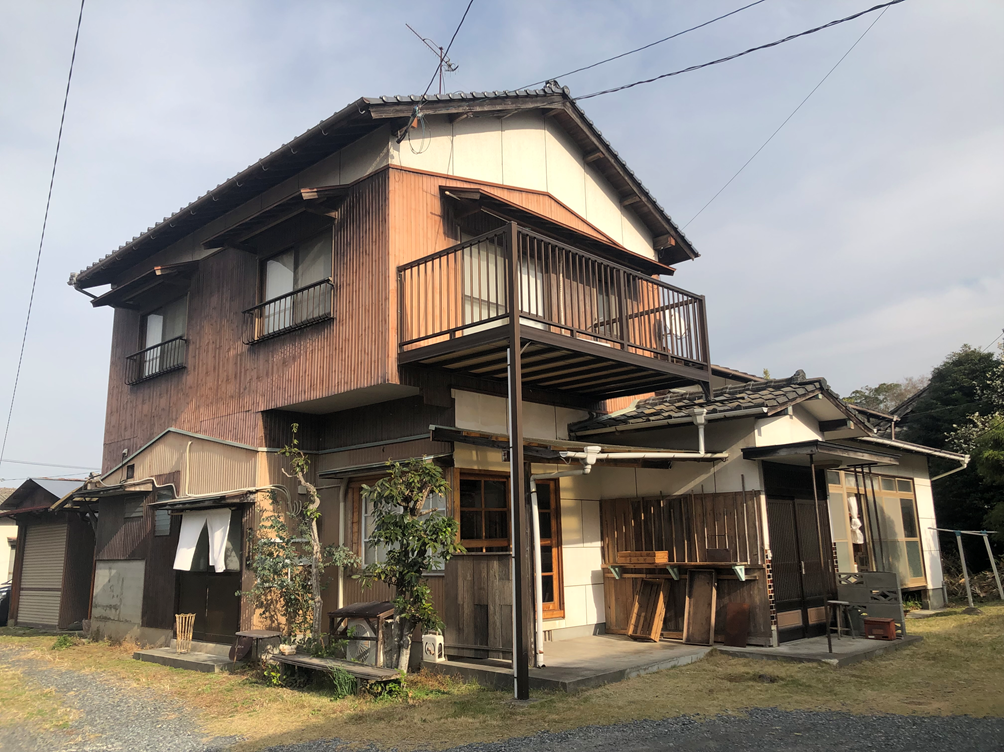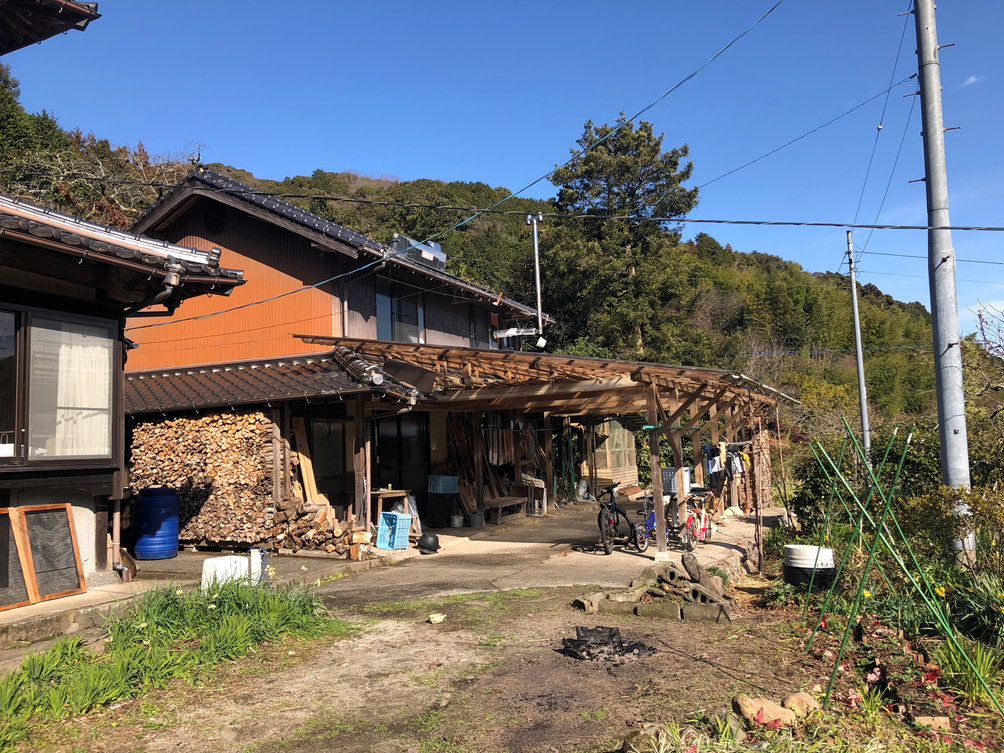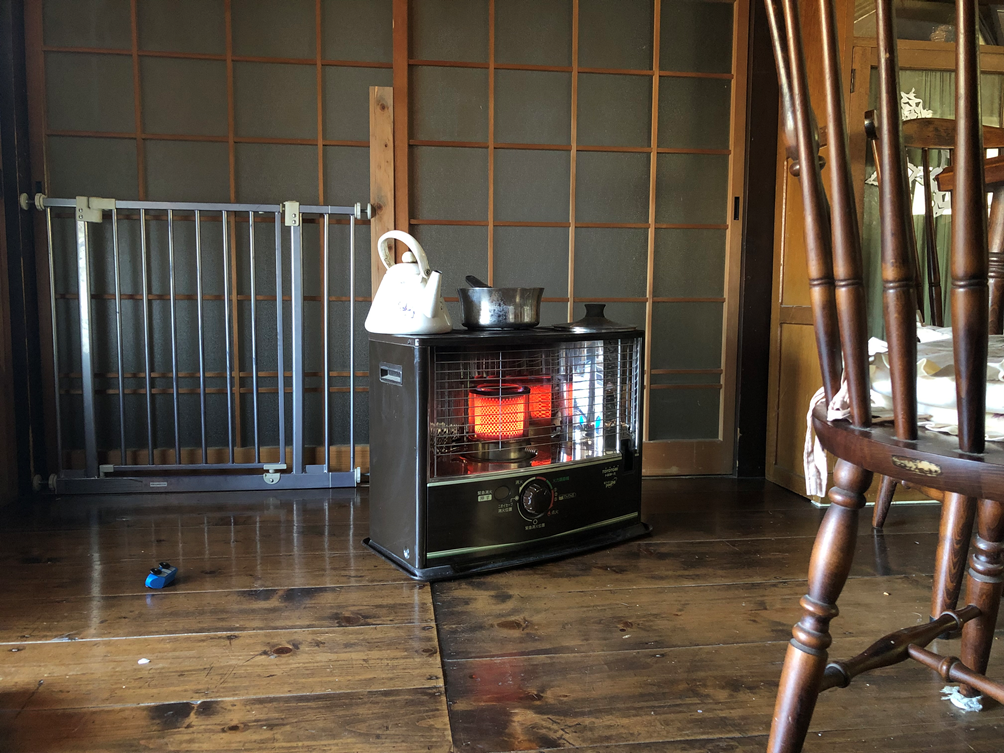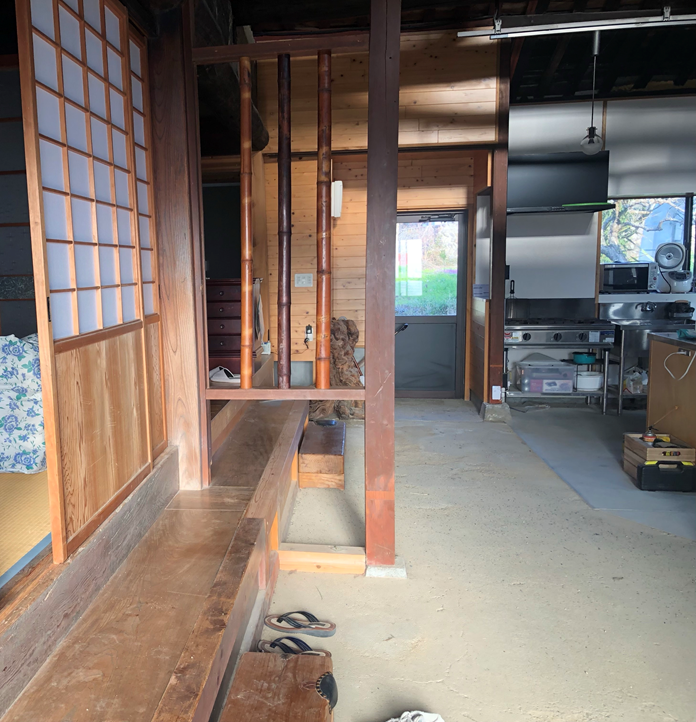by Cecilia Luzi
“Japanese homes are sheltered spaces” (Daniels 2010: 19). Navigating intricacies of material culture within domestic Japanese spaces, Daniels sheds light on the inherent challenge of entering these typically private realms, particularly for outsiders. As I prepared for fieldwork, I knew gaining access to the homes of urban migrants would not always be easy. Whether for the brief duration of an interview or an extended period, immersing into research participants’ sharing their living space was paramount to understand how these individuals construct a home and foster a sense of belonging in a new environment. Moreover, houses, along with the everyday objects we use and, in the case of migrants, items brought from their previous homes, emerged as central elements for my research.

Copyright © Cecilia Luzi 2022
I approached my research on domestic spaces as a journey into the intimate spaces of urban-rural migrants’ lives. Sharing moments in their homes, I observed how their houses become more than a mere structure and was turned into a home through everyday activities, such as preparing meals, organizing the day, spending time with family or orchestrating bath time routines. Deciphering the materiality of migrants’ lives emerged as a key element in my research, recognizing that the house is never a neutral or static space; it’s where intimacy unfolds. Each intervention in the domestic space reflects families’ and individuals’ efforts to make themselves “at home.”
The two municipalities where I conducted fieldwork, Buzen and Hasami, differed significantly in terms of socio-economic structure and landscape, among other factors and the migrants I encountered in each municipality. In Buzen, where many migrants were farmers, small entrepreneurs managing cafes,guesthouses, or shops, and freelancers, their flexible schedules provided me with ample opportunities to spend time with them before formal interviews. This familiarity, built over time, enabled me to conduct most conversations in the migrants’ homes, gaining valuable insights into their private lives. Accessing migrants’ homes proved more challenging in Hasami, likely due to differing routines and job constraints among the migrant population. The majority of migrants I met in Hasami were company employees and artisans with less flexibility. Although I built close relationships with a couple of them who generously opened their homes on multiple occasions, I conducted most interviews in cafes, restaurants and migrants’ workshops.

Copyright © Cecilia Luzi 2022
The housing conditions of the migrants I encountered varied, but always contrasted with the highly standardized living arrangements prevalent in Japan. Major building conglomerates dominate the housing market and sell standardized features in new houses, leading to a uniform living experience in both apartments and detached houses (Daniels 2010). These are often chosen from a catalog and sold prefabricated on allocated lots. Notably, only few migrants I engaged with own the houses or apartments they live in; the majority opt to rent at a modest cost. Those who built their own houses went through an accurate negotiation process with building companies to personalize their homes. For instance, they might request triple glass windows for insulation against the cold, a larger living room for children to play, and a personalized garden layout to avoid weeds near the front door in the summer. When moving from the city, migrants put great effort into modeling their new domestic environment with objects and decorations that are in continuity with urban lifestyle—high-tech house equipment, high-speed internet connection, tablets, smartphones, and computers.

Copyright © Cecilia Luzi 2023
Many people I encountered, upon moving from the city to a rural area, chose to rent a small apartment in small residential buildings in town during the transition. “We aren’t ready to fully commit to an akiya,” said one migrant. “We need some time to adapt. I cannot live in a house in the middle of nowhere surrounded by deer at night, not yet! Too much nature!” Choosing to inhabit old, vacant wooden houses is a decision that demands thoughtful consideration and is not inherently evident to everyone. Many times, I was told, “I would like to live in an akiya, but I am not sure I can make it yet.” Numerous abandoned houses require a certain amount of repair work, and even then, living conditions are quite different compared to new industrial prefabricated houses. Yet, a few among the migrants I met chose to restore akiya themselves, enlisting the help of friends or professionals. Old houses are generally spacious, with multiple rooms arranged one after the other, separated by sliding wooden doors translucent (shōji) or covered with thick paper (fusuma), usually on tatami floors. The kitchen is often in a separate room, and depending on the house’s age, it might be right at the entrance on a lower level compared to the rest of the house. As for the toilets and bathrooms, there is no heating or air conditioning, and insulation is almost nonexistent.

Copyright © Cecilia Luzi 2022
Living in a former akiya myself, I realized how the domestic space one inhabits can shape one’s routine, seasonal habits, and even the body. Opting to reside in an old house entails embracing a domestic space that demands adaptation: take the time to carefully warm up the bath in winter, organizing meal preparations to optimize the use of a kitchen that freezes in winter and is very hot in summer, get used to sleep in the sounds of wind and the strong noise of heavy rain on the roof among other things. Reflecting on everyday life in an akiya made me recall Miller’s idea of the ‘haunted house’ or the notion that certain aspects, such as longevity, of homes and material culture “may create a sense that agency lies in these things rather than in the relatively transient persons who occupy or own them” (Miller 2001: 119). In the case of akiya, it is not so much the longevity that imposes on the dwellers, but rather a different domesticity that has nowadays disappeared. This way of living in the house involves, among other things, a different concept of privacy among family members as well as a different relationship with the outside of the house.
Observing urban migrants in rural Japan navigating such complex domestic spaces where contemporary technology has its place in old wooden countryside houses provided a chance to witness their agency on the rural space they come to inhabit and at the same time understand how “material culture and homes can be viewed as agents” (Miller 2001: 119) shaping migrants’ routine and domesticity and thus their sense of home and belonging. After all, it is not just migrants who shape the space, the space also shapes migrants’ everyday life.
References
Daniels, I., Andrews, S., 2010. The Japanese House: Material Culture in the Modern Home, Illustrated edition. ed. Berg Publishers, Oxford.
Miller, D., 2001. Home Possessions: Material Culture Behind Closed Doors. Routledge.
